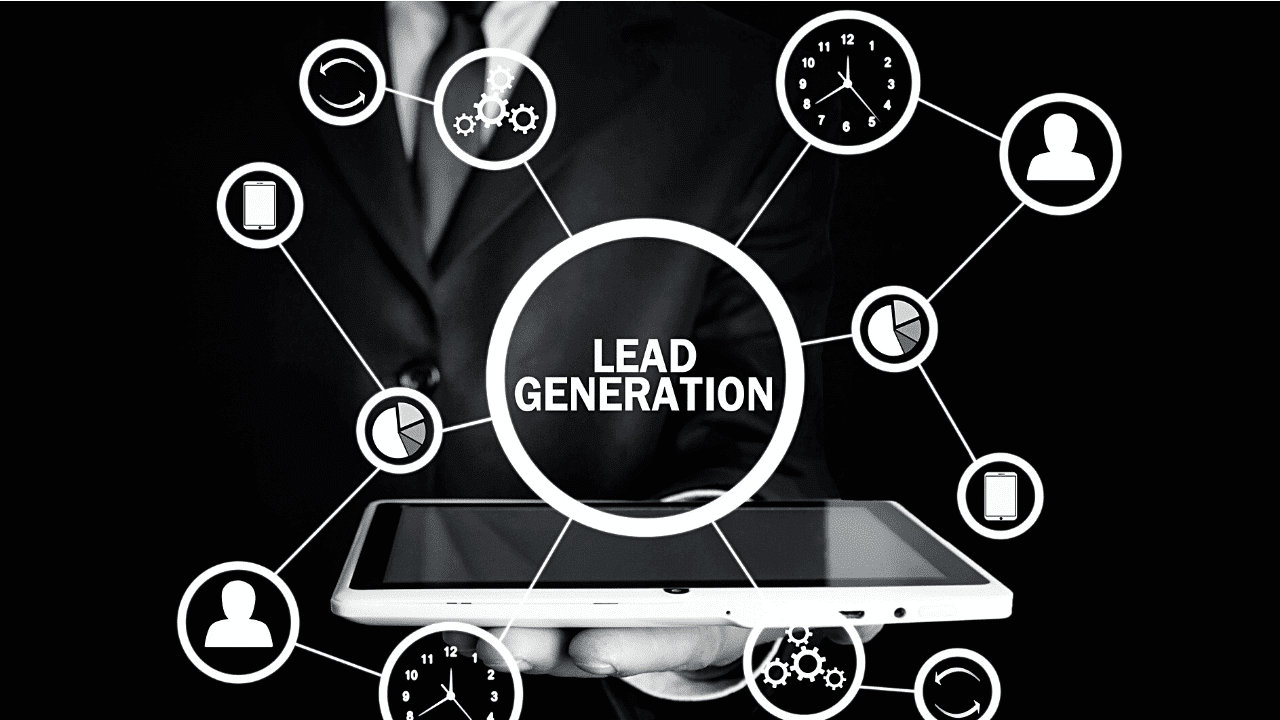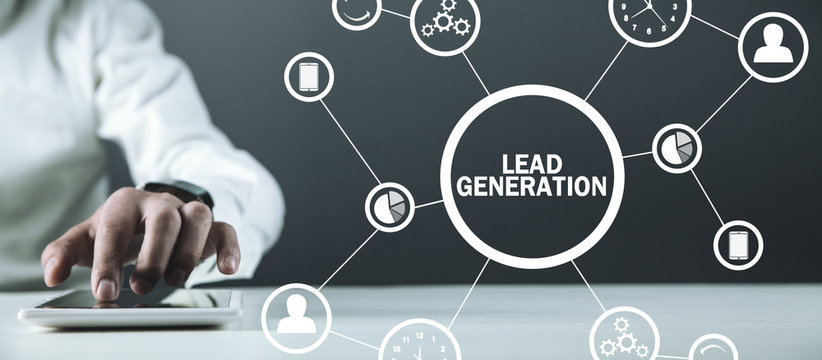Lead generation services help businesses identify, attract, and convert potential customers into active leads. When aligned with the stages of a sales funnel, these services can significantly improve the way prospects move from awareness to decision. This article explains how expert lead generation services impact funnel performance and which methods align with each stage.
How Lead Generation Aligns with the Sales Funnel
Lead generation services map to key stages in the sales funnel: top (awareness), middle (consideration), and bottom (decision). Each stage requires a distinct set of actions to keep potential customers engaged.
Awareness Stage
At this stage, the goal is exposure. Lead generation focuses on getting the attention of prospects who are unfamiliar with the brand or offer.
- SEO content marketing and pay-per-click (PPC) ads introduce potential buyers to a problem or opportunity.
- Social media campaigns and lead magnets (e.g., free templates, webinars) collect initial contact details.
- Behavior tracking tools segment visitors by interest or engagement level.
Consideration Stage
Once initial contact is made, lead generation tools shift focus to nurturing.
- Email workflows and retargeting ads keep potential customers engaged.
- CRMs help qualify leads based on interaction, interest, and company fit.
- Middle-of-funnel content like case studies, explainer videos, and gated guides moves prospects closer to conversion.
Decision Stage
Here, the objective is conversion. Sales-ready leads need to be identified and acted upon efficiently.
- Lead scoring systems evaluate readiness to purchase.
- Demo bookings, free trials, and direct consultations help convert interest into action.
- Integration between marketing and sales platforms ensures seamless handoffs.
Key Benefits of Using Lead Generation Services for Funnel Efficiency
Lead generation services bring structure, speed, and targeting accuracy to the sales funnel. They reduce friction and increase ROI by filtering unqualified traffic early.
Shorter Sales Cycles
By qualifying leads earlier, the sales team spends less time chasing low-potential contacts. Tools like intent data and predictive scoring models help prioritize high-fit prospects.
Higher Conversion Rates
Leads that enter the funnel through targeted acquisition channels often convert at a higher rate. Services that segment traffic by behavior, industry, or demographics improve targeting precision.
Better Sales and Marketing Alignment
Lead generation platforms that integrate with CRMs and email systems allow both marketing and sales to view lead status, activity history, and score in real-time.
Scalable Outreach
Automated tools like chatbots, email sequences, and outbound calling systems support outreach at scale while keeping messaging personalized.
Data-Driven Decision Making
Analytics dashboards track lead performance across campaigns. A/B testing, funnel attribution, and customer journey mapping refine what works and remove waste.
Comparison Table: Manual vs. Automated Lead Generation in Funnel Performance
| Feature | Manual Lead Gen | Automated Lead Gen |
|---|---|---|
| Lead Qualification Speed | Slow | Instant based on rules |
| Personalization | Limited by time | Scalable with CRM integration |
| Tracking & Attribution | Inconsistent | Real-time, accurate |
| Outreach Scalability | Limited | High with automation tools |
| Funnel Drop-off Risk | Higher | Lower with consistent follow-up |
| Cost Efficiency | Labor-intensive | More efficient long-term |
Common Tools and Channels Used in Lead Generation
The effectiveness of lead generation in funnel optimization depends on the quality and consistency of the tools used.
Lead Capture Tools
Forms on landing pages, pop-ups, and chatbots collect visitor information and convert traffic into leads.
Contact Enrichment and Validation
Email verification and data enrichment tools improve lead quality by adding accurate company and role details.
Multi-Channel Outreach Tools
Cold email, LinkedIn outreach, and outbound calling platforms automate and scale lead engagement across channels.
Lead Scoring Systems
Rule-based and AI-powered scoring ranks leads by engagement and fit to prioritize sales efforts.
How Lead Qualification Improves Funnel Conversion Rates
Filtering out low-quality leads before they reach the sales team directly improves funnel efficiency.
MQL vs. SQL Framework
- Marketing Qualified Leads (MQL): Engaged but not ready to buy. Nurtured with content.
- Sales Qualified Leads (SQL): Meet specific criteria (budget, authority, need, timeline) and are ready for sales interaction.
Criteria for Qualification
- Demographic Fit: Role, company size, industry
- Behavioral Signals: Page views, webinar attendance, email responses
- Intent Signals: Searches or downloads that indicate readiness
Workflow Automation
Once qualified, leads can be routed to specific sales reps, dropped into a call queue, or invited to schedule a meeting. This reduces time-to-contact and prevents drop-offs.
Challenges That Lead Generation Services Help Solve
Lead generation services are not just about adding more names to a contact list. They resolve specific bottlenecks that reduce funnel performance.
Inconsistent Lead Flow
Scheduled campaign launches and ongoing inbound systems ensure a steady flow of new contacts into the funnel.
Low Conversion Rates
With better targeting and qualification, traffic converts into leads more reliably and those leads are more likely to close.
Lost Leads in Handoff
Integrated systems prevent loss of data between marketing and sales. Automation ensures timely follow-up and centralized communication records.
Conclusion
Lead generation services improve sales funnel efficiency by providing targeted, qualified leads and aligning closely with each stage of the funnel. From raising awareness to prompting action, these services reduce drop-off, accelerate conversion, and improve resource allocation.
Businesses that implement structured lead generation workflows see higher conversion rates, shorter sales cycles, and better alignment between marketing and sales. Investing in the right tools and processes transforms the sales funnel from a leaky pipeline into a predictable revenue engine. Collaborating with a digital marketing company can help streamline these workflows by integrating strategy, automation, and performance tracking tailored to business goals.
FAQs
What’s the difference between a lead and a sales-qualified lead? A lead is any contact who has shown interest, while a sales-qualified lead (SQL) meets specific buying criteria such as budget, authority, and intent. SQLs are ready for direct engagement by the sales team.
How do lead generation services track buyer intent? These services use behavioral analytics, website activity tracking, and third-party intent data to identify when a prospect is researching or showing signals of purchase interest.
Which funnel stage benefits most from automation? The middle-of-funnel stage benefits the most, where ongoing nurturing, segmentation, and qualification workflows keep potential buyers engaged until they are ready to convert.
How does lead scoring improve sales results? Lead scoring ranks contacts based on demographic and behavioral criteria. It helps sales teams focus on high-value prospects and avoid wasting time on unqualified leads.
What’s the risk of not using lead generation services? Without structured lead generation, sales funnels suffer from inconsistent contact flow, low-quality leads, and misalignment between marketing efforts and sales goals.
Reviewer: James Anderson has 7 years of experience in digital marketing. He reviewed this article and shared practical advice to help small businesses enhance their online presence and attract more customers.

